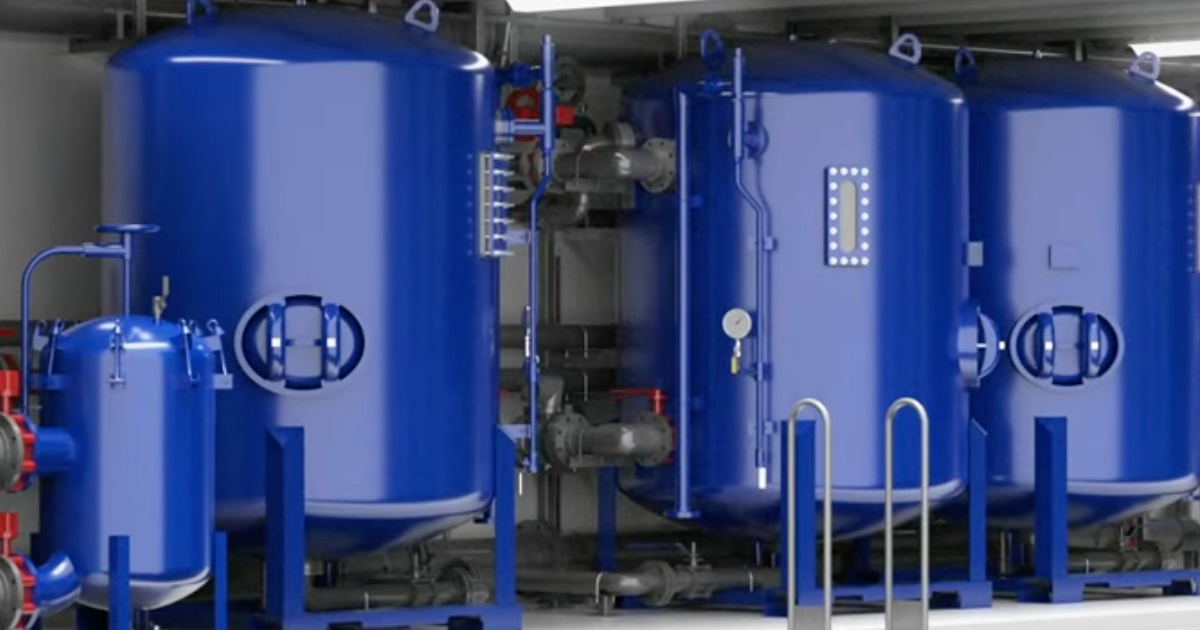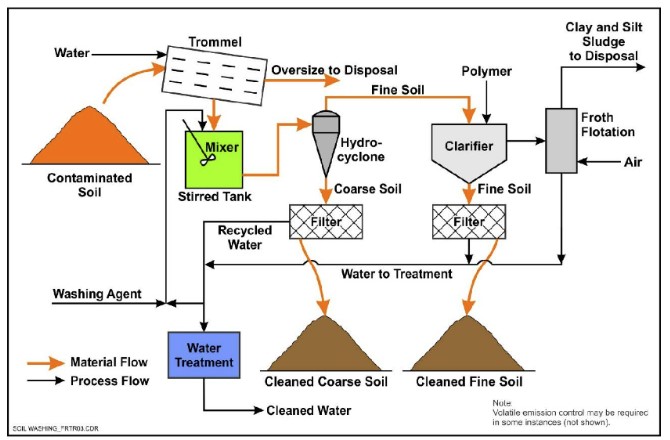How M270 PFAS Treatment Is Changing the Future of Environmental Remediation
How PFAS Therapy Makes Sure Tidy and Sustainable Water
The visibility of PFAS, frequently known as "for life chemicals," poses considerable obstacles to water high quality and public wellness. Advanced treatment technologies, including activated carbon adsorption and membrane layer filtering, have actually emerged as efficient remedies to mitigate these pollutants. By using these methods, areas can not only achieve cleaner water but additionally foster sustainable methods that shield communities. Nevertheless, the implications of these treatments prolong past prompt health benefits; they increase essential questions regarding long-lasting water monitoring approaches that should be dealt with to make certain a resistant future. What does this mean for our approach to water sustainability?

Comprehending PFAS Contamination
PFAS, or per- and polyfluoroalkyl materials, have actually emerged as a considerable environmental worry as a result of their prevalent occurrence and determination in the setting. These artificial chemicals have been utilized in various industrial applications and consumer products, including non-stick pots and pans, water resistant garments, and food product packaging, as a result of their distinct residential properties such as water and oil resistance.
The contamination of dirt and water resources by PFAS happens mainly with industrial discharges, firefighting foam usage, and leaching from landfills. pfas management. Once launched, these compounds are immune to deterioration, causing their buildup in the setting. This determination increases vital problems, as PFAS can travel cross countries via groundwater and surface water systems, affecting drinking water products and ecological communities

Wellness Threats of PFAS
The determination of PFAS in the atmosphere raises considerable health problems for individuals subjected to these compounds. Study has connected PFAS exposure to different adverse wellness impacts, consisting of immune system dysfunction, liver damages, and enhanced threat of specific cancers cells.
The ubiquity of PFAS in consumer items, such as non-stick pots and pans, water-repellent textiles, and food packaging, more enhances the threat of exposure. Consuming water contaminated with PFAS is a considerable concern, as these chemicals can leach right into groundwater sources. Susceptible populaces, including kids and those living near commercial sites, may encounter heightened dangers as a result of their developing systems and prospective for greater exposure degrees.
As awareness of these health and wellness risks remains to expand, governing companies are starting to establish standards for PFAS levels in alcohol consumption water. Public health campaigns are crucial to mitigate direct exposure and secure communities from the long-lasting results of these dangerous compounds.

Cutting-edge Treatment Technologies
Just how can we properly take on the difficulties presented by PFAS contamination in water resources? Cutting-edge treatment innovations are emerging as critical services in the pursuit for clean water. These approaches concentrate on the removal or devastation of per- and polyfluoroalkyl substances (PFAS), which are well-known for their persistence in the atmosphere.
One encouraging approach is adsorption utilizing innovative materials, such as triggered carbon and ion exchange materials. These products have actually shown effectiveness in recording PFAS particles from water. Another notable modern technology is membrane filtration, which uses nanofiltration and turn around osmosis click to read to different contaminants at the molecular level, therefore supplying an obstacle against PFAS.
Furthermore, progressed oxidation procedures (AOPs) use strong oxidants to break down PFAS compounds into harmless by-products. This approach is specifically effective for treating highly contaminated water sources. Bioremediation strategies, employing certain bacteria, are additionally being discovered to degrade PFAS.
As research continues, hybrid systems that combine multiple technologies may offer enhanced performance, dealing with the intricacies of PFAS contamination. The growth and execution of these cutting-edge therapy modern technologies are essential actions towards making certain the safety and security and sustainability of our water sources.
Advantages of Efficient PFAS Treatment
Efficiently dealing with PFAS contamination in water sources significantly boosts public wellness and environmental safety and security. PFAS, usually referred to as "forever chemicals," are immune to deterioration and can accumulate in the body, resulting in serious wellness dangers such as cancer cells, liver damages, and body immune system dysfunction. By carrying out effective therapy methods, areas can decrease Discover More direct exposure to these dangerous substances, inevitably improving the health and wellness outcomes of their populaces.
Furthermore, effective PFAS treatment adds to the conservation of regional environments. Contaminated water can detrimentally affect marine life and disrupt the fragile equilibrium of local environments. By ensuring clean water, treatment procedures safeguard biodiversity and preserve eco-friendly integrity.
In addition, effective PFAS remediation can promote public self-confidence in water quality. When neighborhoods are ensured that their drinking water is devoid of harmful contaminants, it advertises a feeling of security and well-being. This count on is crucial for community engagement and support for continuous water management campaigns.
Future of Water Sustainability
Amid growing issues regarding water top quality and deficiency, the future of water sustainability hinges on cutting-edge approaches and collective initiatives. As communities deal with the impending risks of impurities like PFAS, the advancement of innovative treatment modern technologies is important. These modern technologies not only concentrate on the removal of damaging compounds however likewise promote the reuse and recycling of water, thereby decreasing total need.
Moreover, reliable water administration plays a crucial role in ensuring lasting techniques. Policymakers have to incorporate scientific research click to find out more study with regulatory frameworks to develop clear standards for water use and therapy. Stakeholder interaction, including local areas and sectors, promotes a sense of shared duty and motivates sustainable practices throughout different industries.
Investment in framework is likewise critical; upgrading aging systems to include contemporary filtration and filtration techniques can considerably enhance water top quality. Moreover, embracing environment-friendly innovations, such as natural purification systems, can offer environmentally friendly solutions.
Inevitably, the future of water sustainability exists in an alternative approach that incorporates modern technology, plan, and neighborhood participation. By prioritizing these aspects, we can safeguard our water sources for generations to come, making sure tidy and sustainable water for all.
Verdict
To conclude, the effective therapy of PFAS is essential for ensuring tidy and sustainable water. By using innovative modern technologies such as activated carbon adsorption, membrane layer filtering, and advanced oxidation processes, neighborhoods can substantially lower the wellness dangers associated with these pollutants. The integration of these treatment techniques supports environment protection and improves biodiversity. Inevitably, durable PFAS treatment methods contribute to long-lasting durability in water administration, promoting public count on water top quality and promoting sustainable techniques.